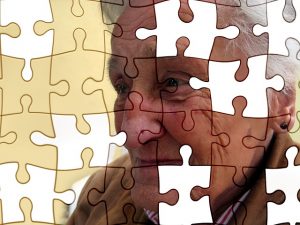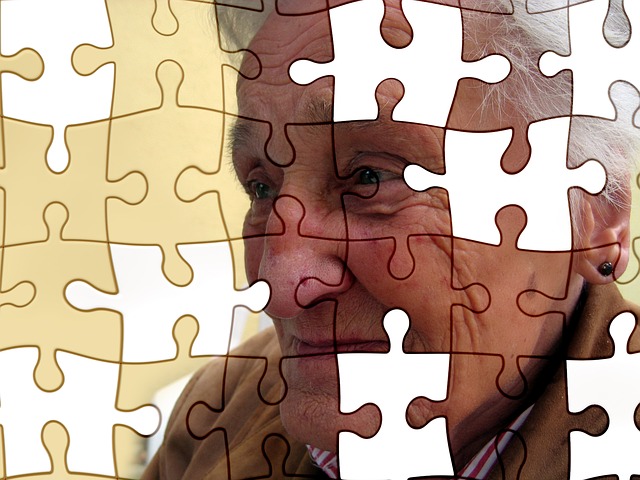Which Dementia Is It? New, Easy-To-Use Tool May Help
 In a study, published in the journal Neurology, researchers show how a simple and non-invasive tool could hold promise as a way to classify whether a person has frontotemporal dementia, Alzheimer’s disease, or a healthy brain.
In a study, published in the journal Neurology, researchers show how a simple and non-invasive tool could hold promise as a way to classify whether a person has frontotemporal dementia, Alzheimer’s disease, or a healthy brain.
Giving someone a specific diagnosis of dementia can be hard, especially in the early stages where symptoms often overlap with other medical conditions and between dementias. At present, there is no test that is 100% definitive for diagnosing dementia. A doctor often reaches a diagnosis by discussion with relatives and ruling out other potential causes of symptoms, using pen and paper memory and thinking tests, blood tests and brain scans. An accurate diagnosis is key for helping people access the right treatment and care, as well as take part in research studies that could help advance the search for new and better treatments.
In this study, researchers in Italy and the US set out to investigate whether a technique called transcranial magnetic stimulation (TMS) could support decisions around a person’s diagnosis. TMS uses a large electromagnetic coil, which is placed upon the head to stimulate nerve cells in the brain. Using TMS, researchers can trigger the firing of specific electrical circuits in the brain and look for signs that they could be damaged.
In this study, researchers worked with 79 people who were diagnosed with Alzheimer’s disease, 61 people with frontotemporal dementia, and 32 who were healthy. These diagnoses were made using standard techniques, and backed up by additional tests looking for the presence of brain changes specific to each form of dementia. Each person then underwent TMS, where researchers looked for patterns in electrical activity in brain circuits that could help distinguish between each of the three groups of participants.
The researchers found that TMS could detect changes in particular brain circuits that differed between those without dementia, people with Alzheimer’s and those with frontotemporal dementia. The study shows that the technique could distinguish between the three groups with over 85% accuracy. The researchers suggest that TMS could be a potential non-invasive diagnostic tool to distinguish between Alzheimer’s disease and frontotemporal dementia.
Dr Laura Phipps of Alzheimer’s Research UK, said:
“Although dementia diagnosis rates are rising, many people are still living with the condition but without seeking formal help and support. An accurate and timely diagnosis can be very beneficial in helping people to access existing treatments and suitable healthcare plans – tailored to their individual needs. Different forms of dementia can be difficult to accurately tell apart using currently available methods, which is why researchers are focusing their efforts on potential new technologies and approaches.
“While this study highlights an interesting avenue of research, the technique needs further investigation as a potential diagnostic tool. We need to see the approach repeated in a larger group of people and compared to autopsy results to confirm the accuracy of the diagnosis being made with this technique. Despite the current limitations of this study, it’s important that research continues at pace to develop better and more accurate diagnostic tools to help people who are concerned about dementia get a more informed picture of their brain health.”






